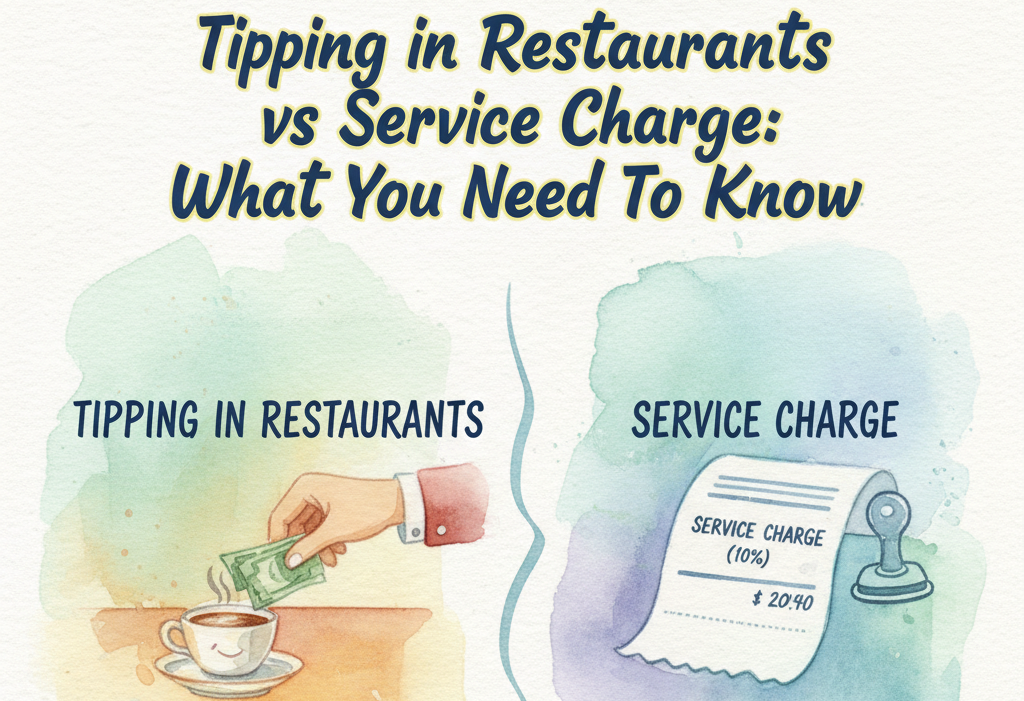Running a restaurant is a dynamic venture filled with challenges, especially during slow periods. However, successful restaurants have mastered the art of overcoming these challenges by implementing innovative strategies. In this blog post, we’ll delve into 6 effective techniques that can help restaurants not only survive but thrive during slow days, ensuring sustained profitability and success.
1. Create Special Events or Promotions
Themed events and promotions inject excitement and novelty into your restaurant, attracting customers even on slow days. Whether it’s hosting live music nights, wine-tasting events, or themed cuisine menus, offering something unique can pique curiosity and draw in crowds. These events create buzz, driving foot traffic and increasing revenue.
2. Implement Special Deals and Happy Hours in the Restaurant
Happy hour specials and enticing deals are potent tools for luring in customers during off-peak hours. By offering discounted drinks or appetizers during specific times, you not only attract bargain hunters but also encourage patrons to stay longer and explore your menu further, thus boosting sales.
3. Leverage Social Media and Online Platforms
Harnessing the power of social media and online platforms is crucial for reaching a broader audience, especially during slow periods. Maintaining an active presence on platforms like Facebook, Instagram, and Twitter allows you to engage with potential customers, keeping them informed about promotions and events. Additionally, partnering with food delivery platforms extends your reach to customers preferring dining at home.
4. Offer Unique and Seasonal Menu Items
Refreshing your menu with unique and seasonal items keeps customers intrigued and encourages repeat visits. Limited-time dishes featuring trendy ingredients or seasonal flavors create a sense of urgency, driving customers to try them before they’re gone. This not only satisfies food enthusiasts but also generates word-of-mouth marketing.
5. Provide Outstanding Restaurant Service
Exceptional customer service is a cornerstone of successful restaurants, particularly during slow periods. Investing in well-trained and attentive staff ensures that every customer receives a memorable dining experience. Positive interactions with staff can leave a lasting impression, fostering customer loyalty and attracting new business through referrals.
6. Collaborate with Local Businesses
Strategic partnerships with local businesses can amplify your restaurant’s visibility and attract new customers. Teaming up with theaters for pre-show dinner packages or gyms for healthy menu options taps into different customer segments, mutually benefiting both establishments. Such collaborations capitalize on shared audiences, driving traffic and revenue.
FAQs
- How can restaurants effectively measure the success of themed events and promotions?
Restaurants can gauge the success of themed events by tracking foot traffic, comparing revenue generated, collecting customer feedback, and monitoring social media engagement. These metrics provide insights into the event’s effectiveness in attracting customers, driving sales, satisfying attendees, and generating buzz online, allowing restaurants to evaluate the impact of their promotional efforts accurately.
- Are there specific social media strategies that restaurants can employ to maximize their reach and engagement?
To maximize social media reach and engagement, restaurants should post consistently, share visually appealing content, use interactive features like polls and quizzes, encourage user-generated content, and collaborate with influencers. These strategies help restaurants maintain an active presence, attract audience attention, foster engagement, and leverage influencers’ influence to expand their online reach effectively.
- What are some practical tips for fostering successful collaborations with local businesses?
Successful collaborations with local businesses require identifying compatible partners, setting clear goals, maintaining open communication, providing mutual value, and evaluating performance. By partnering with businesses that complement their offerings, defining objectives, communicating effectively, offering incentives, and assessing outcomes, restaurants can establish fruitful partnerships that drive traffic, enhance customer experiences, and mutually benefit all parties involved.
In conclusion, implementing these seven effective strategies can help restaurants not only survive but thrive during slow days. By hosting themed events, offering specials, leveraging social media marketing for your restaurant, providing unique menu items, delivering exceptional service, and collaborating with local businesses, you can maintain profitability and sustain success in the competitive restaurant industry.
Bonus Tip:
Continuous improvement is key to long-term success. Collecting and acting on customer feedback enables you to refine your offerings and service, enhancing the overall dining experience. This commitment to excellence cultivates customer loyalty and drives business growth.




